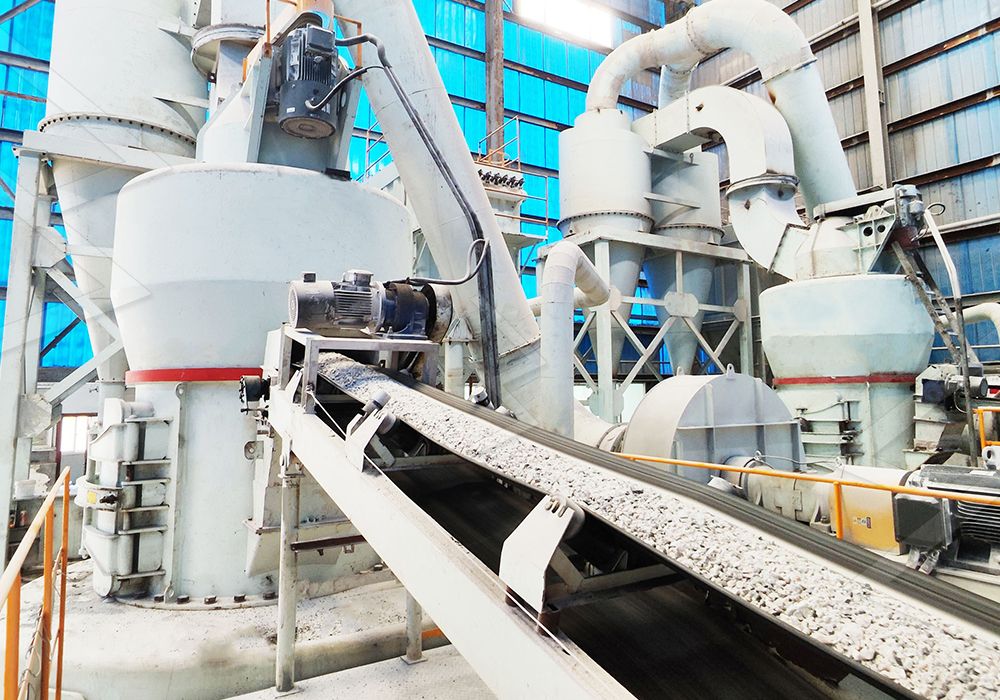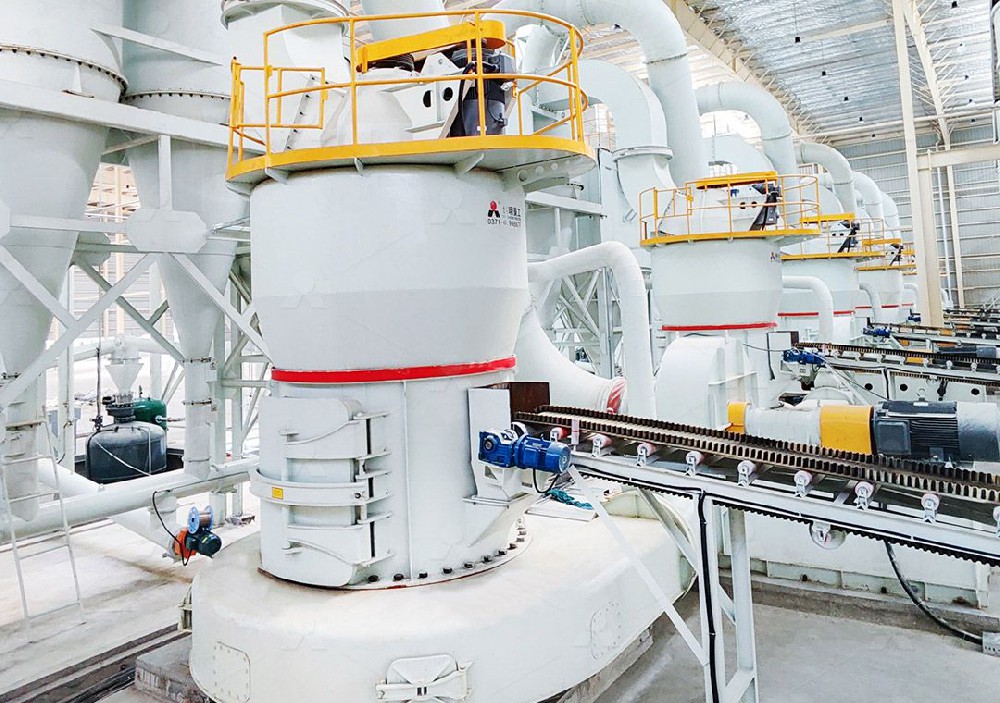Industry News
Efficient Operation of Raymond Mill in Calcium Carbonate Production
2025-09-01 09:31:02
We are Liming Heavy Industry, a manufacturer of various types of industrial crushers, such as Raymond Mill, Trapezoidal Mill, Vertical Mill, Ultrafine Mill, Ball Mill, etc.
Our mills can process the following minerals:
limestone, quicklime, kaolin, talc, barite, bentonite, calcium carbonate, dolomite, coal, gypsum, clay, carbon black, slag, cement raw materials, cement clinker, etc.
If you need a mill to process stone or minerals into powder, please feel free to contact me (WhatsApp: +86 153 3380 7511). Thank you.
Producing high-quality calcium carbonate powders requires precise grinding and careful process control. Among available equipment, the Raymond mill stands out for its efficiency and consistent performance. To achieve reliable results and extend service life, operators should follow best practices in preparation, operation, and maintenance.

1. Preparation Before Start-Up
Effective milling begins with suitable raw material. Feed should be pre-crushed to 15–30 mm and kept below 6% moisture to prevent clumping; pre-drying may be necessary in humid conditions. Magnetic separators are recommended to remove tramp metals that could damage grinding components.
Before starting, check lubrication of bearings and moving parts, and inspect rollers, rings, and classifier blades for wear. Airlock feeders and discharge systems should also be verified for smooth operation.
2. Operating Parameters
Stable conditions are critical for product quality. A consistent feed rate helps maintain even grinding. Roller pressure should be adjusted according to target fineness: lower for coarse grades (80–200 mesh) and higher for ultrafine powders (up to 600 mesh). Grinding chamber temperature should stay below 95 °C to avoid product discoloration or quality loss.
Airflow is equally important. Maintain slight negative pressure (500–800 Pa) and control fan speed to ensure steady circulation. Pipelines should run at 18–22 m/s, with regular cleaning of cyclones and filters to prevent blockages.
3. Quality Control
Consistent particle size defines product value. Regular sampling and fineness checks—using classifiers adjusted in small increments—help keep variation within ±5%. For premium applications such as coatings and plastics, whiteness, oil absorption, and surface area should also be monitored to confirm suitability.

4. Maintenance Practices
Routine care greatly extends mill life. Bearings require lubrication every shift, while grinding elements should be checked at least every 200 hours. Belts, filters, and seals also need periodic inspection.
Wear components such as rollers, rings, and blades should be stocked and replaced on a predictive schedule, typically every 1,000–4,000 hours depending on part type and feed abrasiveness. Documenting wear patterns helps optimize replacement intervals.
5. Energy and Heat Management
Raymond mills operate most efficiently at 85–95% of rated load. Variable frequency drives on fans and classifiers allow fine-tuned control and power savings. Monthly energy reviews help identify further improvements. Where possible, waste heat should be reused for drying feed material, and insulation can cut unnecessary losses.
6. Safety and Environmental Compliance
Safe operation requires strict adherence to lockout procedures during maintenance, continuous monitoring of vibration levels, and proper ventilation in enclosed areas. Environmental controls should keep dust emissions below regulatory limits and reduce noise exposure for operators. Used lubricants and filters must be disposed of responsibly.

Conclusion
By combining proper material preparation, stable operating parameters, regular maintenance, and energy-conscious practices, calcium carbonate producers can maximize the output and longevity of Raymond mills. These measures not only improve efficiency and reduce downtime but also ensure consistent product quality, safe working conditions, and compliance with environmental standards—factors that directly enhance the profitability of calcium carbonate manufacturing.







